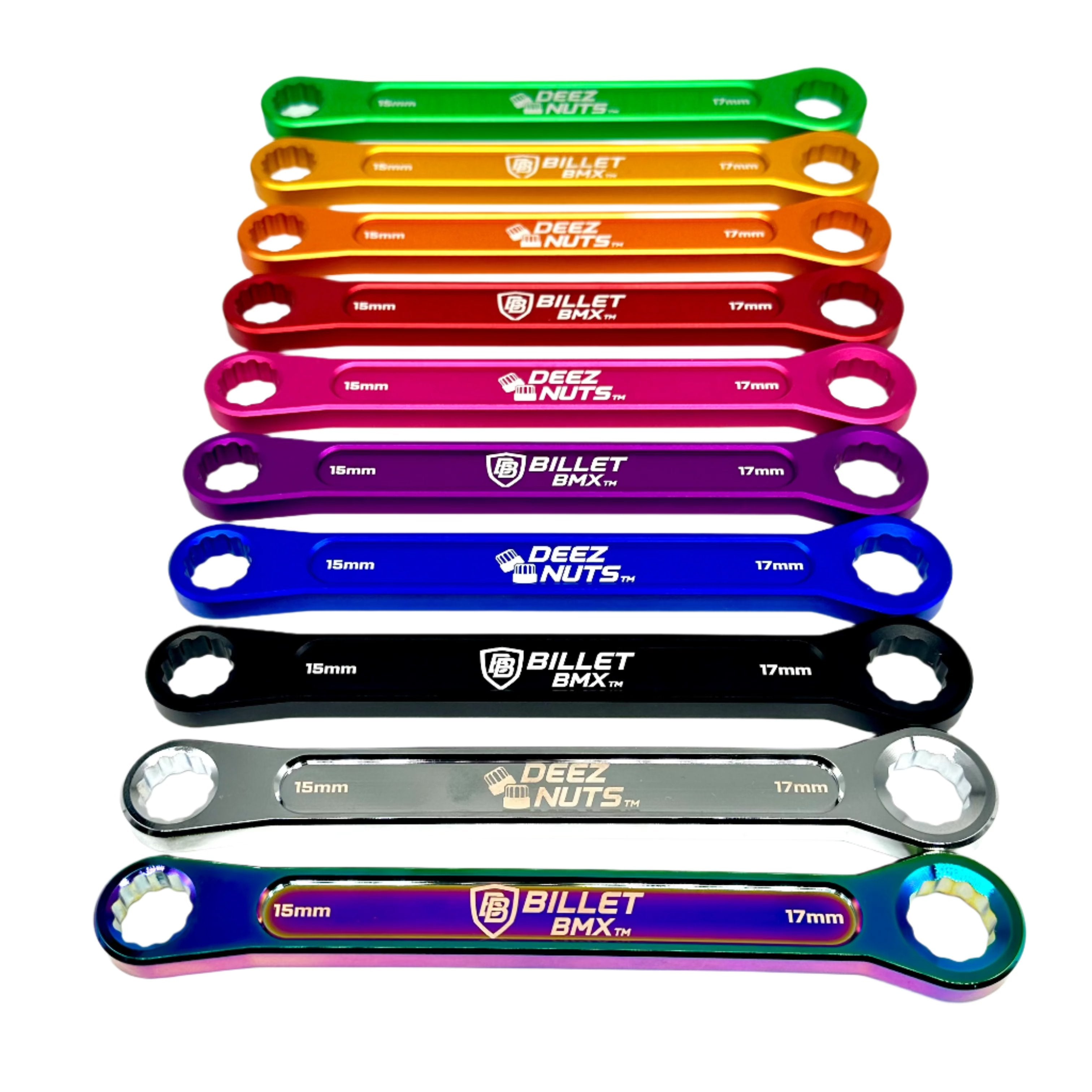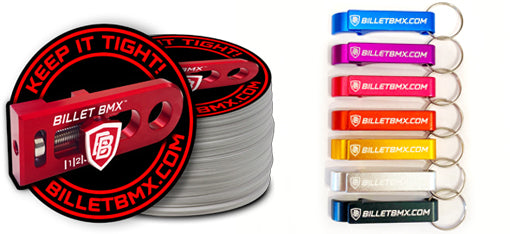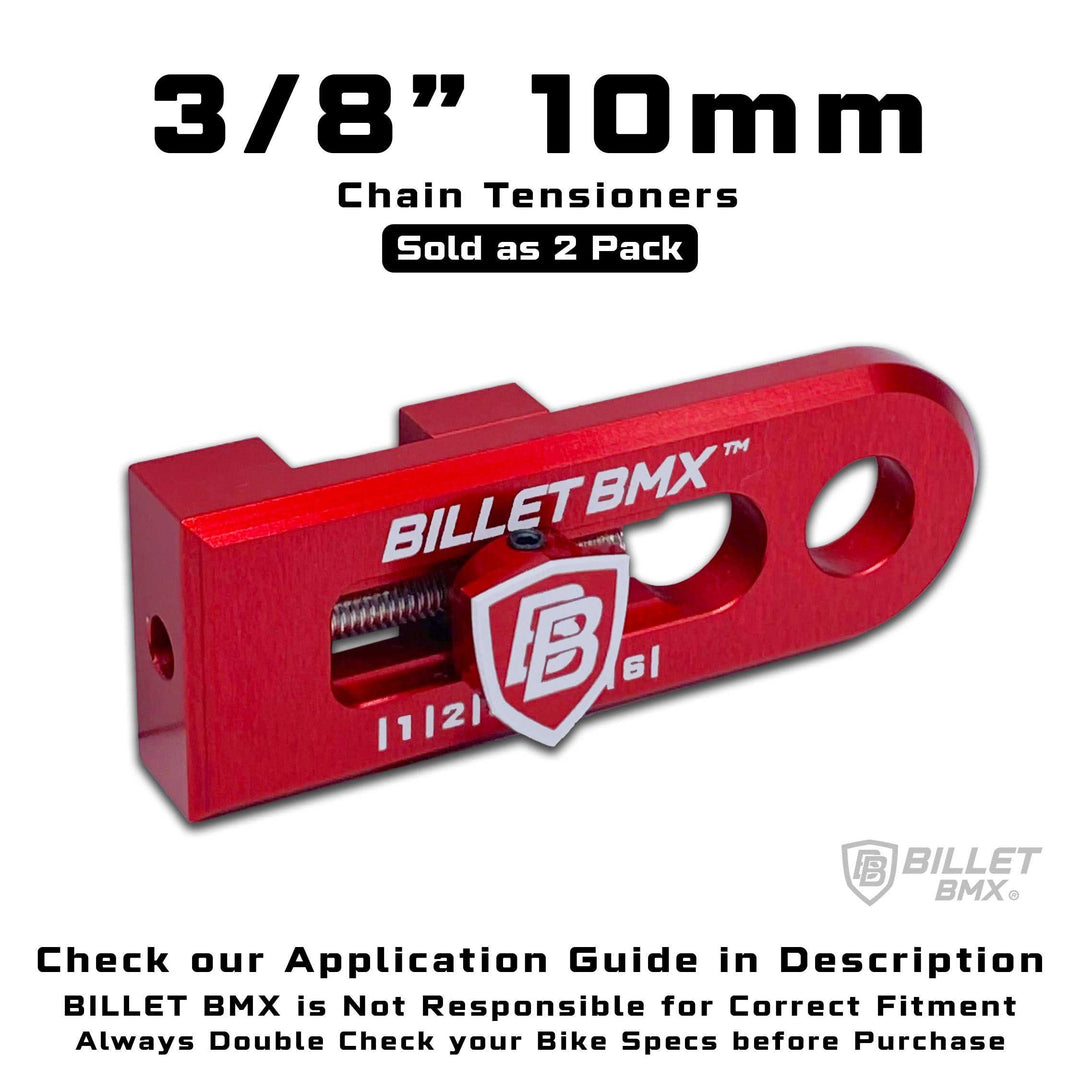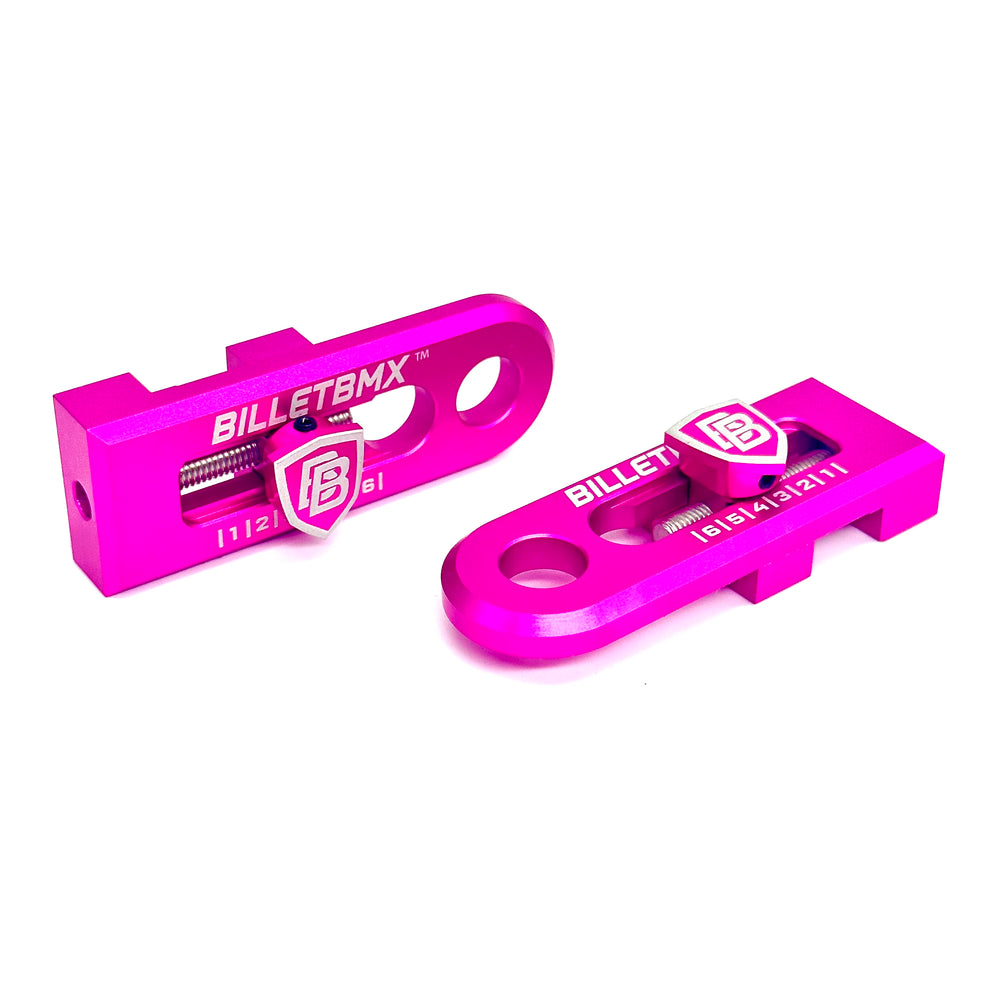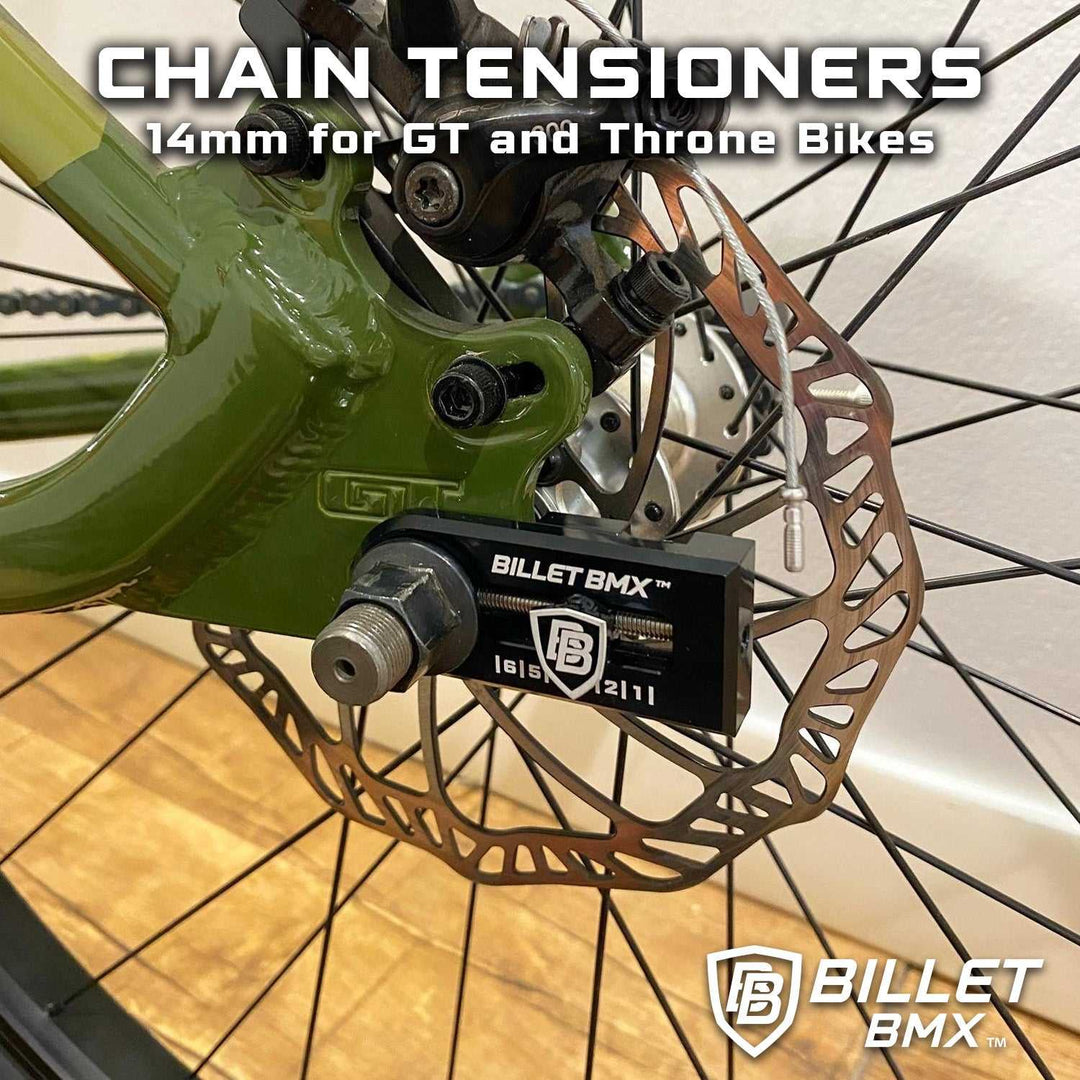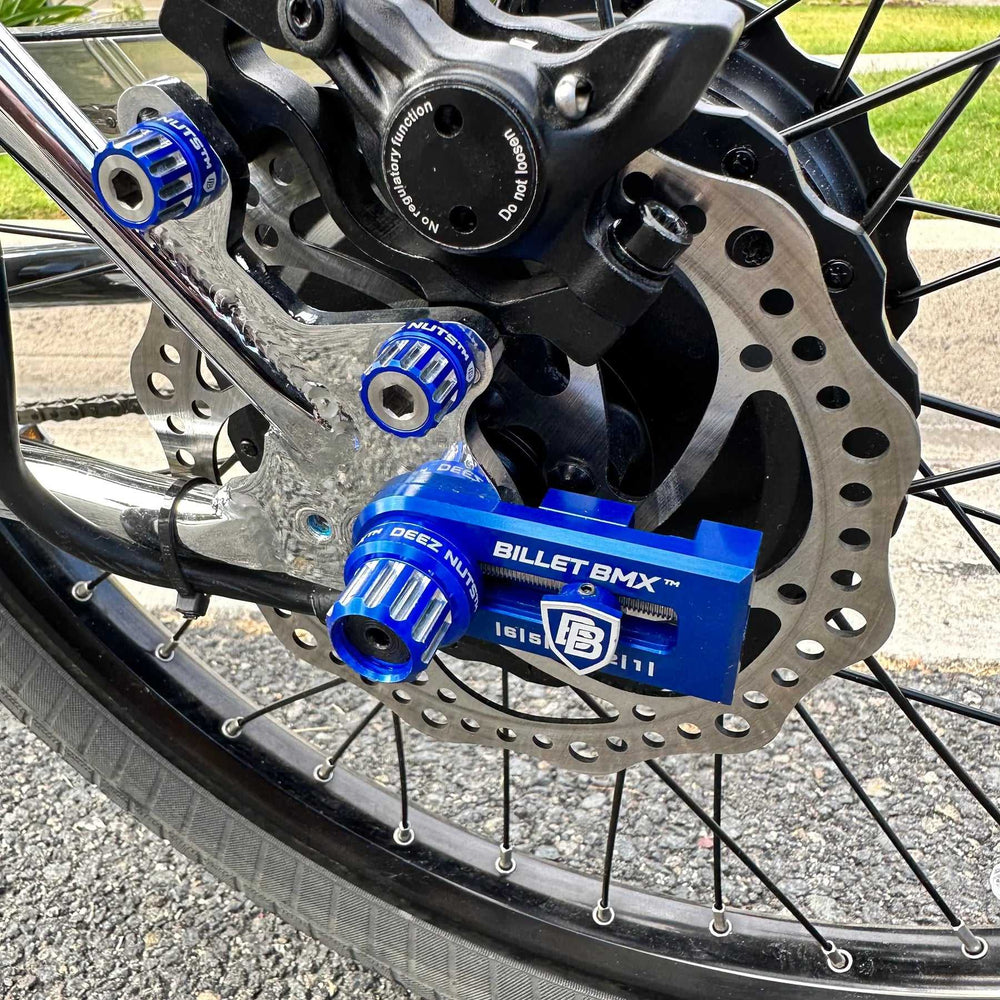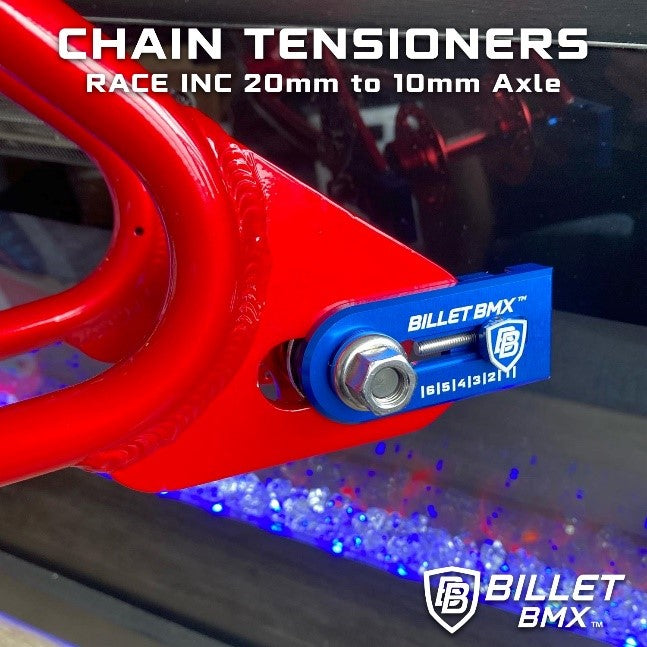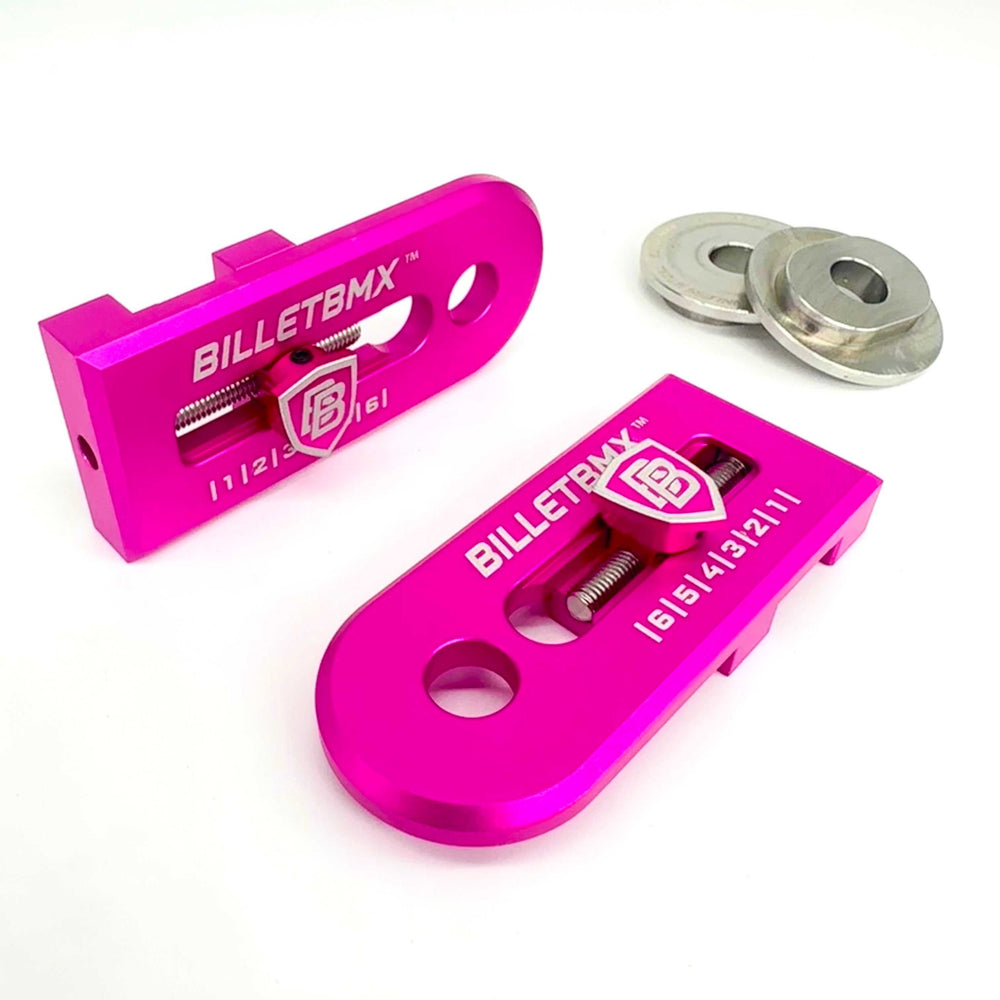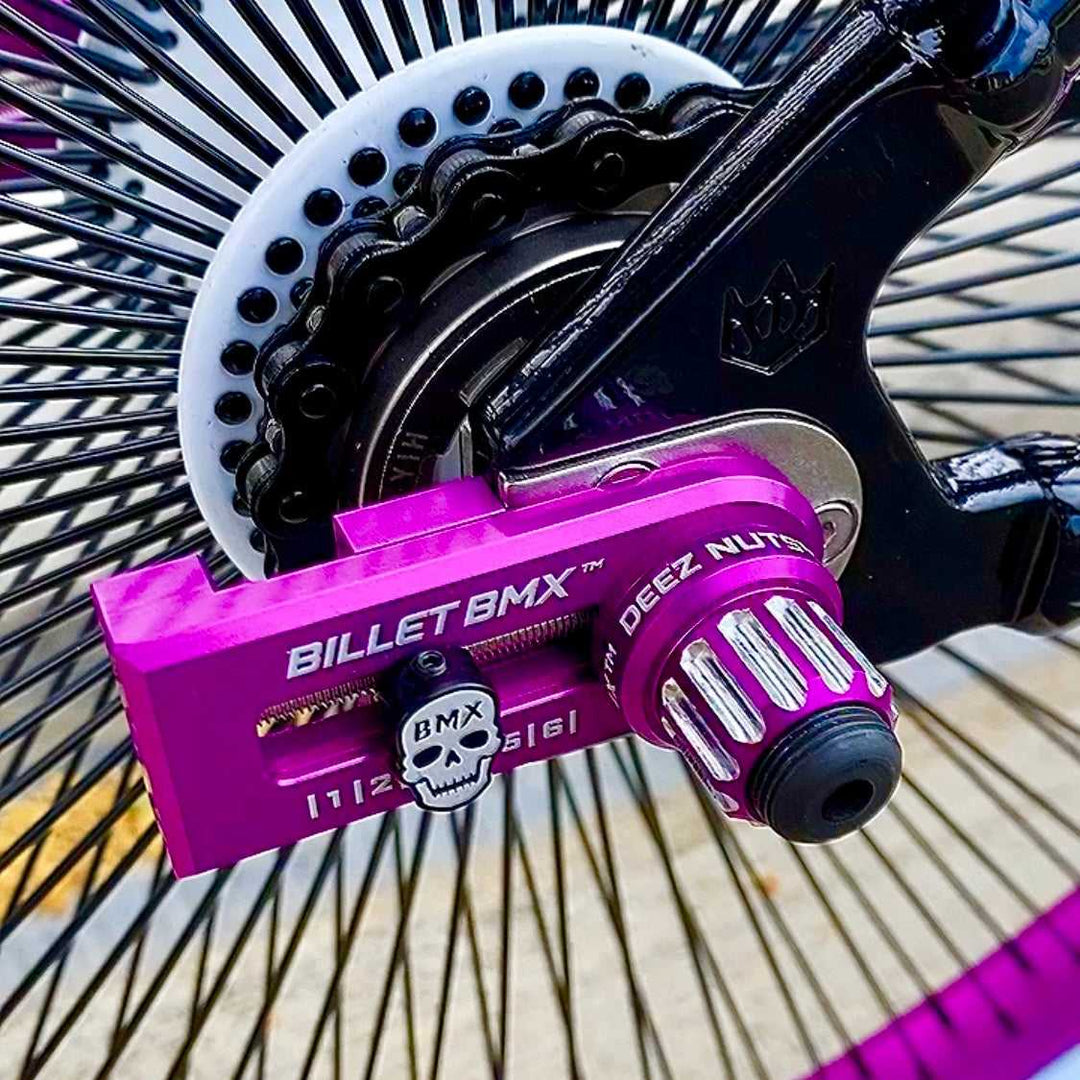Can a Portable Air Pump Really Fill Your Tires?
When you're out on a long drive or cycling on a remote trail, the last thing you want is a flat tire. In such moments, having a portable air compressor for a car or portable tire pump can be a game-changer. But, are these compact devices really up to the task? Can they effectively fill your tires with air, or are they just a convenient, yet unreliable, gadget? In this blog, we’ll explore the truth about portable air compressors for tires and determine if they are truly capable of filling your tires efficiently.

What is a Portable Air Compressor?
A portable air compressor for a car or a portable air pump is a compact, self-contained device designed to inflate tires, sports equipment, and other inflatable items. It uses a motor and a piston to compress air and deliver it into the tire, which allows you to maintain or restore the proper air pressure when you're on the go. These devices come in various shapes and sizes, and they are powered either by a car’s 12-volt outlet (cigarette lighter), a rechargeable battery, or even manual effort in some cases.
Portable air compressors for tires are often marketed as an essential tool for drivers, cyclists, and adventurers who need to ensure their tires are properly inflated, especially in emergency situations. But with all the available options, the real question is: can these mini compressors effectively fill your tires, especially when compared to a traditional air pump or a gas station compressor?
Can a Portable Air Compressor Fill a Tire?
Yes, a portable air compressor for car can absolutely fill a tire—but with some limitations. The key to answering this question lies in the specifications of the compressor, including its power output, capacity, and the size of the tire in question.
Here are some important factors to consider when using a portable air compressor for tires to fill your tires:
-
Power and Performance:
Portable air compressors for tires vary in their power, typically ranging from 0.5 to 3 horsepower. A more powerful compressor will fill a tire faster and work well for standard car, motorcycle, and bike tires. However, smaller, less powerful models might struggle with larger tires, especially those on trucks or RVs. When shopping for a portable air pump, check the maximum PSI (pounds per square inch) it can achieve—this will help you understand whether it’s suitable for your specific tire needs. Most car tires need a pressure between 30-35 PSI, and a good compressor should be able to handle this range comfortably.
-
Inflation Speed:
The time it takes to inflate your tire depends on the capacity and motor speed of the portable air compressor for the car. Smaller, less powerful compressors may take a longer time to inflate a tire fully, especially if it’s significantly underinflated. Larger tires, such as those on trucks or SUVs, will also take longer to fill with a portable air compressor for tires. If you're in a hurry or need to inflate a tire quickly, you may want to consider a more powerful model with faster inflation capabilities.
-
Size and Portability:
The primary advantage of a portable tire pump is its compact size and convenience. It is small enough to store in your car or bike bag, so you have access to it in case of an emergency. However, this smaller size can sometimes come with limitations in performance, especially when dealing with larger or heavily deflated tires. If you're only dealing with a bicycle or car tire, a portable air compressor for the car is more than sufficient. But if you have a larger vehicle or need to inflate multiple tires at once, you might find it lacking in terms of speed and efficiency.
How Does a Portable Tire Pump Work?
To understand how a portable tire pump works, it's important to know the basic mechanics of an air pump. A portable air compressor for tires works by using a motor to power a piston or diaphragm, which draws in air and compresses it. This compressed air is then forced into the tire through a nozzle or hose, increasing the tire's pressure.
Here’s how the process typically works:
-
Connect the Air Compressor:
First, connect the portable air compressor for car or portable tire pump to your tire using the appropriate nozzle. If you’re using a 12V model, plug it into your vehicle’s power outlet. Some models come with a built-in battery, allowing you to use the compressor without a vehicle.
-
Set the Desired Pressure:
Many portable air compressors for tires have a built-in pressure gauge that allows you to set the desired PSI for your tire. This ensures that you don’t over-inflate or under-inflate your tire, both of which can cause problems in terms of handling and tire longevity.
-
Inflating the Tire:
Once everything is set up, turn on the compressor. The motor will begin to work, and air will flow into the tire, gradually increasing the pressure. Depending on the compressor's power, it may take anywhere from a few minutes to 15 minutes to fully inflate the tire.
-
Turn Off and Disconnect:
Once the tire reaches the desired pressure, most portable air compressors for tires will automatically shut off or stop inflating. Disconnect the compressor and check the tire pressure using a separate gauge to ensure accuracy.
Are Portable Air Compressors Worth It?
Given the convenience and functionality of portable air compressors for tires, many people find them to be a worthwhile investment. Whether you’re a cyclist, driver, or outdoor enthusiast, having a portable tire pump on hand can save you time, money, and hassle when you experience a flat tire or need to adjust your tire pressure.
Pros of Portable Air Compressors:
- Convenience: Small and lightweight, easy to store in your car, bike, or home.
- Emergency Use: Great for roadside emergencies when you don’t have access to a gas station air pump.
- Cost-effective: No need to visit a gas station or pay for air, which may cost money in some places.
- Multi-use: Can inflate not only tires but also sports equipment, air mattresses, and more.
Cons of Portable Air Compressors:
- Slower Inflation Time: Depending on the compressor’s power, it might take longer to inflate a tire than using a traditional air pump.
- Limited Power: Smaller compressors may not be suitable for larger tires, like those on trucks or RVs.
- Battery Life/Power Source: Some models need to be plugged into a car or need a charged battery to work, which could be inconvenient if you're far from a power source.
In conclusion, portable air compressors for tires are certainly worth it for regular cyclists, car owners, and anyone who frequently deals with tire inflation. They provide peace of mind, especially when you're far from a gas station or traditional pump. However, if you need to inflate large tires quickly, you might want to opt for a more powerful compressor or use a gas station air pump.
Final Thoughts
So, can a portable air compressor for a car really fill your tires? The answer is a resounding yes—portable air compressors for tires can effectively and efficiently inflate most tires, with a few considerations regarding size, power, and inflation speed. Whether you’re inflating a bike tire, a car tire, or even a sports ball, these compact devices offer significant convenience and peace of mind.
If you're looking for a reliable, portable tire pump, be sure to choose one that fits your needs and vehicle type. And remember, it’s always important to regularly check your tire pressure to ensure your safety and optimize your vehicle’s performance. Happy inflating!
For high-quality portable air compressors and other bike and automotive accessories, check out our selection at Billet BMX. We've got the gear you need to keep your tires inflated and your ride smooth!


